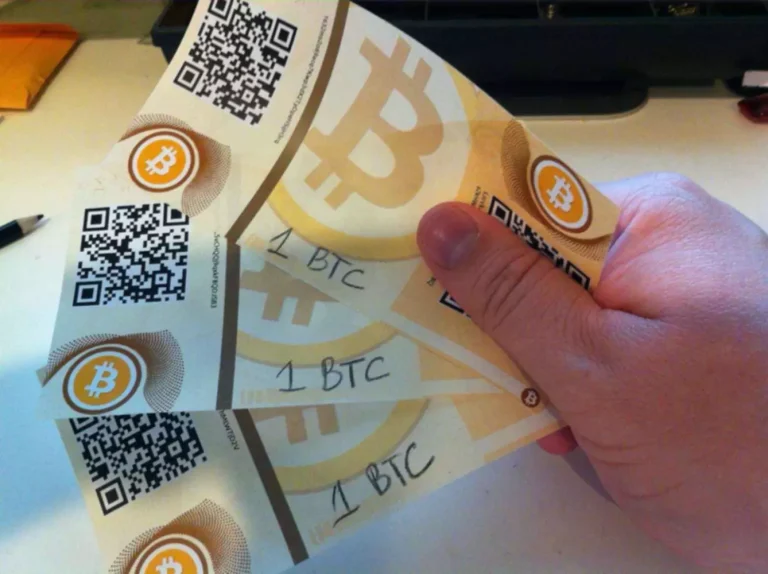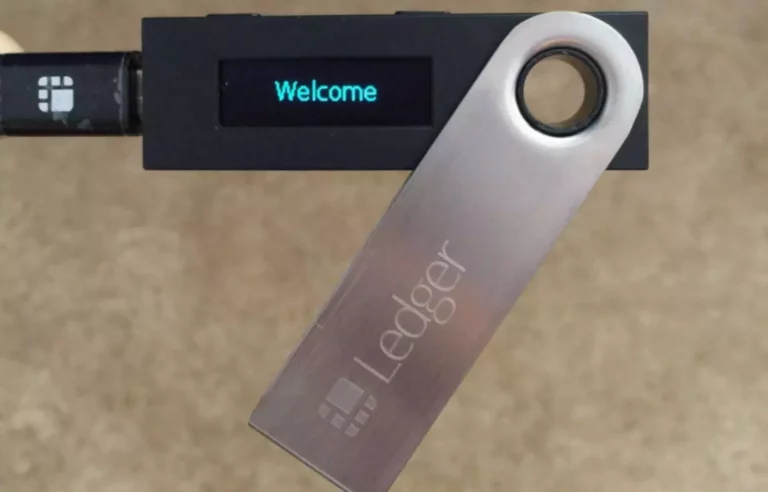In PoS, an attacker would wish to own 51% of the cryptocurrency, which is economically unfeasible for a community as massive as Ethereum. Certain implementations of proof of stake may go away blockchains more vulnerable to different sorts of attacks than proof of work, such as low-cost bribe assaults. Susceptibility to attacks decreases the overall safety of the blockchain. The selection between PoW and PoS finally is dependent upon the specific objectives and priorities of a blockchain network.
Solving crypto’s sustainability issues with proof-of-stake – FinTech Magazine
Solving crypto’s sustainability issues with proof-of-stake.
Posted: Thu, 06 Jul 2023 07:00:00 GMT [source]
As extra miners start to run nodes on a blockchain, the hash fee (i.e. computing power of the network) increases, that means the next block could additionally be mined into existence slightly faster than the previous. The network makes an attempt to maintain up a consistent block time (the time between each block); Ethereum is mined every ~14 seconds and Bitcoin is mined each ~10 minutes. The problem often adjusts after each block so the block instances keep relatively steady. Proof-of-stake is a approach to show that validators have put one thing of value into the network that can be destroyed in the occasion that they act dishonestly. In Ethereum’s proof-of-stake, validators explicitly stake capital in the type of ETH into a sensible contract on Ethereum.
Is Ethereum A Pow Or Pos Blockchain?
The consensus mechanism is a important component of any blockchain community, together with Ethereum. It ensures that all transactions are safe, confirmed, and added to the blockchain. Ethereum is presently transitioning from a proof-of-work (PoW) consensus mechanism to a proof-of-stake (PoS) consensus mechanism. This transition is anticipated to result in important improvements by means of scalability, power effectivity, and safety.
As such, there have been multiple upgrades to the protocol that delayed the problem bomb from going off till Proof-of-Stake was prepared for launch. Just like penalties, slashed amounts are successfully burned, lowering the overall web issuance of ether. If a validator engages in malicious habits, they’re heavily penalized via slashing — that’s, by forcing them to leave the network and dealing out a steep penalty. The math is simple right here; their penalty is the same as the reward would have been in the event that they participated. In Bitcoin, we all know a block is “last” by ready for six confirmations.

While the Merge was an elegant technical feat, this publish is a testament to only how sophisticated it could be to wrap your head around it. This complexity has lent itself to a lot of misconceptions among users. So, before we wrap up, I wish to shortly dispel a number of the commonest ones. These shifts will put constructive pressure on Ether value, which in turn may help increase the security of the network. On the flip facet, this discount in issuance can lead people to hoard ETH.
The Current State Of Ethereum
This would not be a great outcome as a result of while it may improve the value, it might harm the utility of the underlying Ethereum platform. “mixHash” is another area solely related to mining, however quite than setting it to zero, the field will now include the Beacon chain’s “RANDAO” value (which we are going to explain in the part below). Blocks on the Beacon chain will comprise “ExecutionPayloads,” which can represent the blocks on the old Proof-of-Work chain within the new Proof-of-Stake chain. Having a number of consumer implementations makes the network more resilient.
The traditional proof-of-work mechanism, while secure, is notoriously energy-intensive. This has raised environmental concerns because the cryptocurrency market continues to develop. One of the first benefits of the PoS mechanism is improved scalability.
Instead, both Bitcoin and Ethereum, the 2 largest cryptocurrencies, depend on a consensus mechanism called “proof of work” to hold up a time-ordered ledger of transactions. This concentrates crypto mining in a couple of areas where electricity prices are lowest. According to Smith, proof of stake’s modest energy consumption solves this downside and widely distributes infrastructure, probably making a blockchain system more robust. The blockchain algorithm selects validators to check every new block of information primarily based on how a lot crypto they’ve staked. The more you stake, the higher your probability of being chosen to do the work. When the information that’s been cleared by the validator is added to the blockchain, they get newly minted crypto as a reward.
As Ethereum transitions to its new protocol, another danger is that a bunch of disgruntled miners could determine to create a competing chain. All of the good contracts, coins, and NFTs that exist on the present chain could be routinely duplicated on the forked, or copied chain. Proponents also declare that proof of stake is safer than proof of work.
Block Time
When the network performs optimally and actually, there’s only ever one new block at the head of the chain, and all validators attest to it. However, it is attainable for validators to have totally different views of the pinnacle of the chain because of network latency or as a end result of a block proposer has equivocated. Therefore, consensus purchasers require an algorithm to determine which one to favor. The algorithm utilized in proof-of-stake Ethereum is called LMD-GHOST(opens in a brand new tab), and it really works by figuring out the fork that has the greatest weight of attestations in its history. This could lead to two different chains with “finalized” blocks and finish users wouldn’t know which is the proper chain. For each slot, one validator is randomly chosen to be a “block proposer.” The block proposer validator is answerable for developing a new block out of pending transactions.

It’ll be renamed “PREVRANDOA.” The worth of this opcode will be the output of the randomness beacon provided by the Beacon chain, which is ready to make it a much stronger source of randomness than BLOCKHASH. This should encourage application developers to use PREVRANDOA as an alternative of BLOCKHASH. This allowed Ethereum core devs to battle-test the new consensus engine and make numerous upgrades to prepare for the official Merge. If they exit with out being slashed, they can withdraw their ether balance after at some point of exiting. Open AI’s CEO says we won’t want new hardware or tons more training data to get there. Plug-in hybrids are often offered as a transition to EVs, however new information from Europe reveals we’re nonetheless underestimating the emissions they produce.
Improved Scalability And Effectivity
In PoS, nodes creating blocks, often known as validators, are chosen based on how a lot of the blockchain asset they put up as collateral. Even then, this simply guarantees them the chance of being chosen; the actual choice is finished at random, however extra collateral equals a higher chance at being chosen. We can discover two major consensus models in blockchains used to achieve settlement amongst community members relating to the validity of transactions—Proof of Work (PoW) and Proof of Stake (PoS). Ethereum is a decentralised blockchain platform created by Vitalik Buterin launched in 2015. Ether (or ETH) is the native cryptocurrency that facilitates transactions and sensible contract executions on the Ethereum community or blockchain.

This will also make Ethereum more environmentally friendly, a profit that is particularly essential in today’s world where there is rising concentrate on sustainability and environmental impact. Proof of stake opens the door to extra folks taking part in blockchain techniques as validators. There’s no want ethereum switch to proof of stake to purchase expensive computing methods and eat large amounts of electricity to stake crypto. Validators are chosen randomly to substantiate transactions and validate block data. This system randomizes who will get to gather fees somewhat than utilizing a aggressive rewards-based mechanism like proof-of-work.
Before we wrap up the penalty section, we should always make two issues clear. First, all penalties are subtracted from a validator’s balances on the Beacon chain and successfully burned, decreasing the web issuance of ether. So, the bottom reward is proportional to the validator’s effective balance and inversely proportional to the variety of validators on the community. In other words, as extra validators enter the community, extra rewards are issued at lower values per validator. New nodes which are attempting to sync to the canonical head of the Beacon chain should use the newest weak subjectivity checkpoint as the starting point of their sync. Recall that in any blockchain, the genesis block is typically the first block that everybody builds future blocks on prime of.
As such, PoS blockchains do not use a competitive technique of block creation. Validators do not compete with each other when it comes to hardware capabilities like in Bitcoin — so far the last word definition of “Proof-of-Work”. Crypto asset values can go up in addition to down and you can lose all the cash you make investments.
Block Finality Under Ethereum Proof Of Stake
A validator checks transactions, verifies activity, votes on outcomes, and maintains data. Miners work to solve for the hash, a cryptographic quantity, to verify transactions. The mixed computational energy https://www.xcritical.com/ required for an individual to compromise a well-established PoW blockchain like Bitcoin or Ethereum would price a rare amount of cash, and should not even exist.
However, it has solely recently been implemented for the actual Ethereum Mainnet and is less time-proven than proof-of-work. The following sections focus on the pros and cons of proof-of-stake’s security mannequin in comparability with proof-of-work. As we realized, the slot times are 12 seconds, and every slot produces one block. The only exception is if a block producer is simply too late or not on-line to provide a block in that slot, by which case the slot is missed. But this occurs less than 1% of the time, so we can assume that block occasions are 12 seconds. To test the Beacon chain, there were additionally twenty “shadow forks” that had been run.

